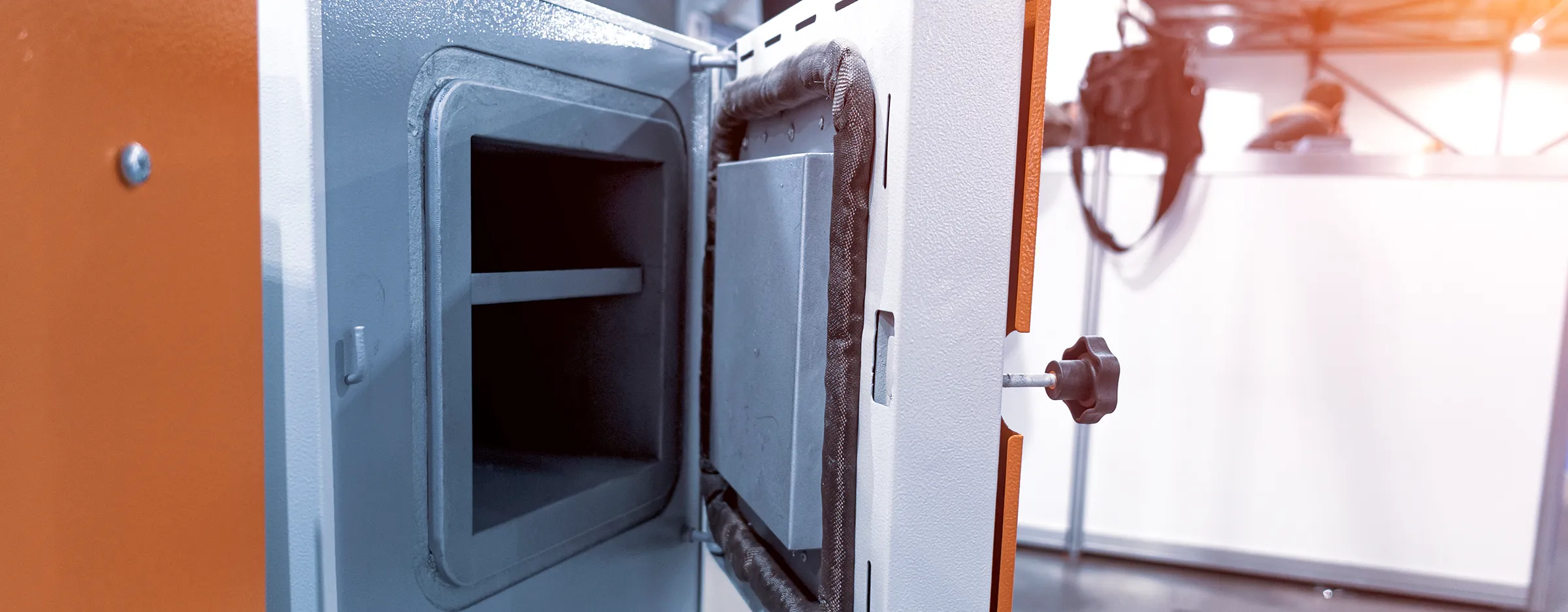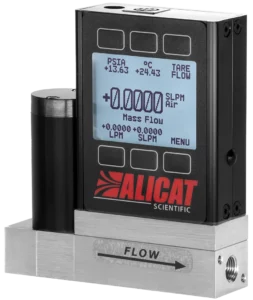Methane Pyrolysis Corrosion Testing

Executive Summary
- Corrosion costs the global economy about $2.5 trillion every year, making it one of industry’s most expensive problems.
- A new study will test advanced alloys under the extreme conditions of methane pyrolysis at 1200°C to see how they degrade.
- The results could help the hydrogen industry choose tougher, longer‐lasting materials for reactors, pipelines, and other critical equipment.
University researchers are preparing a study for next year on how advanced alloys respond to the extreme thermal and chemical stresses of methane pyrolysis. Unlike most work in this field—aimed at boosting hydrogen yields or optimizing catalysts—this project will focus on material compatibility, offering critical data on the limits of high‐performance alloys and guiding the design of future experiments.
Experiment outline
Although pyrolysis can be achieved at lower temperatures, pushing the system to 1200°C will accelerate both reactions and shorten test durations, allowing researchers to collect meaningful data within a practical window.
The experiment will use several gas mixes, including pure argon, pure hydrogen, a 5% H2/argon blend, and CH4/H2 mixtures containing 5% and 10% methane. Each stream will be controlled by one of four separate Alicat® MC-series mass flow controllers (MFCs), positioned upstream of the muffle furnace and flowing 10 – 20 sccm of gas. The MFCs’ accuracy rating—± 0.5% of reading or ± 0.1% of full scale, whichever is greater—will provide consistent dosing to ensure the temperature remains stable.
Using the GasSelect™ and Composer™ functions, MFCs will support gas‐swapping presets, allowing researchers to switch between pure gases and custom gas mixtures without recalibration or loss of accuracy. This flexibility means the same hardware can seamlessly adjust between Ar, H2, or CH4/H2 blends as the experiment progresses, enabling multiple test conditions with fewer instruments and minimal downtime.
Without a central DAQ, researchers will log furnace setpoint data and the MFC display readings at fixed intervals. The MFC’s alarm function can be used to monitor and warn researchers of trips in flow rate, supply pressure, or temperature, ensuring the process remains steady
The success of this experiment depends on precise, stable gas delivery over a long period of time. MFCs maintain tight flow control across multiple gases, keeping furnace conditions consistent as test atmospheres change and pressure slightly increases. Without this precision, uncontrolled shifts in hydrogen or methane concentration could obscure corrosion effects. By enabling rapid gas‐mix adjustments and providing real‐time alarms, Alicat MC‑series MFCs will help allow the tests to run with fewer interruptions.
The future of methane pyrolysis

Petrochemical producers and materials developers face the challenge of selecting alloys that can withstand highly reactive conditions. For the hydrogen industry especially, electrolyzers, pipelines, and reactors must operate safely within these extremes.
Methane pyrolysis is already being explored in reactors as a future path to cleaner hydrogen production. Further testing such as this will feed directly into those advances by showing which alloys can endure the process. By studying methane pyrolysis corrosion and the chemical mechanisms that drive material degradation, researchers can refine alloy selection and lifecycle predictions, leading to more reliable materials, longer equipment life, and more efficient production.
Why do these researchers choose Alicat MFCs?
- High accuracy: accuracy of ± 5% of reading or ± 0.1% of full scale, whichever is greater, gives researchers accurate measurements for each trial
- Gas versatility: changing gases flowing through the MFC doesn’t affect its accuracy, since all the calibrations they need are on board or programmable as mixes
- Display screen: with a display screen that also functions as a control panel for the MFC, the researchers didn’t need digital programming to measure their flows
- Built‐in alarm: variations in process conditions that were out of bounds for consistent results were signaled with alarms that allow researchers to note them